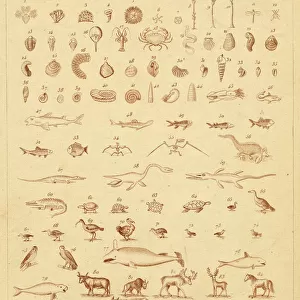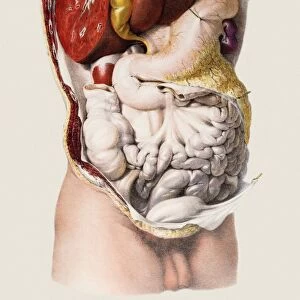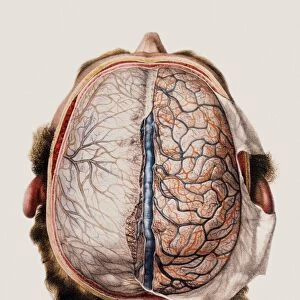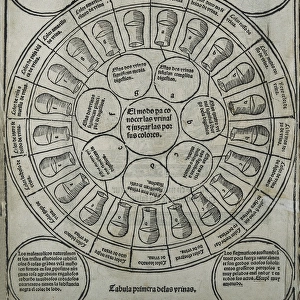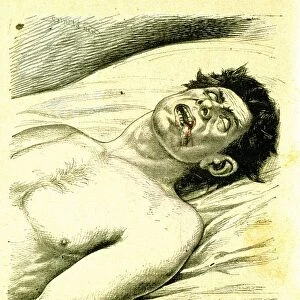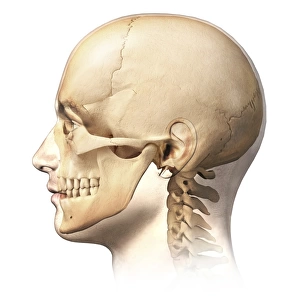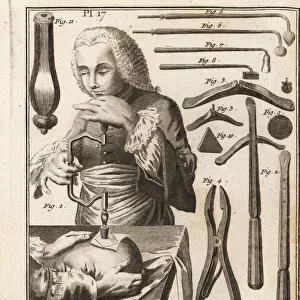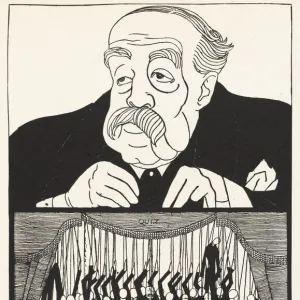Home > Arts > Artists > P > Jean Louis Petit
18th century surgeon Jean Louis Petits screw-type
![]()

Wall Art and Photo Gifts from Mary Evans Picture Library
18th century surgeon Jean Louis Petits screw-type
18th century surgeon Jean Louis Petits screw tourniquet for compressing blood vessels: tourniquet device 1, double band to adjust the tourniquet 2, compress in chamois leather 3 and ball bearing 4. Copperplate engraving by Robert Benard from Denis Diderots Encyclopedia, Pellet, Geneva, 1779
Mary Evans Picture Library makes available wonderful images created for people to enjoy over the centuries
Media ID 23168430
© Florilegius/Mary Evans
Anatomical Ball Band Bearing Benard Blood Chamois Compress Denis Device Diderot Double Encyclopedia Leather Operation Petit Surgeon Surgery Vessels Tourniquet
FEATURES IN THESE COLLECTIONS
> Animals
> Mammals
> Bovidae
> Chamois
> Arts
> Artists
> B
> Robert Benard
> Arts
> Artists
> D
> Denis Diderot
> Arts
> Artists
> P
> Jean Louis Petit
> Mary Evans Prints Online
> New Images August 2021
EDITORS COMMENTS
This 18th century print depicts the screw-type tourniquet designed by renowned French surgeon Jean Louis Petits. The intricately detailed copperplate engraving, created by Robert Benard for Denis Diderot's Encyclopedia published in Geneva in 1779, offers a fascinating glimpse into the medical practices of the time. At the heart of the device lies the tourniquet itself (1), which consists of a double band (2) designed to adjust the pressure applied to the limb. The bands are made of chamois leather (3), a material known for its ability to evenly distribute pressure and minimize damage to the underlying tissue. The tourniquet is secured in place by a ball bearing (4), which allows for easy application and removal. The use of a screw-type tourniquet marked a significant advancement in surgical procedures, enabling surgeons to effectively compress blood vessels during operations. By applying pressure to the affected area, the flow of blood could be temporarily halted, allowing the surgeon to perform intricate procedures with greater precision and control. This engraving not only showcases the ingenuity of Petits' design but also provides a captivating window into the world of 18th century anatomy and surgery. The intricate details of the device, from the double bands to the ball bearing, are beautifully rendered, offering a testament to the skill and artistry of the engraver, Robert Benard. This historical artifact remains an essential addition to any collection focused on the history of medicine or surgical instruments.
MADE IN AUSTRALIA
Safe Shipping with 30 Day Money Back Guarantee
FREE PERSONALISATION*
We are proud to offer a range of customisation features including Personalised Captions, Color Filters and Picture Zoom Tools
SECURE PAYMENTS
We happily accept a wide range of payment options so you can pay for the things you need in the way that is most convenient for you
* Options may vary by product and licensing agreement. Zoomed Pictures can be adjusted in the Cart.


